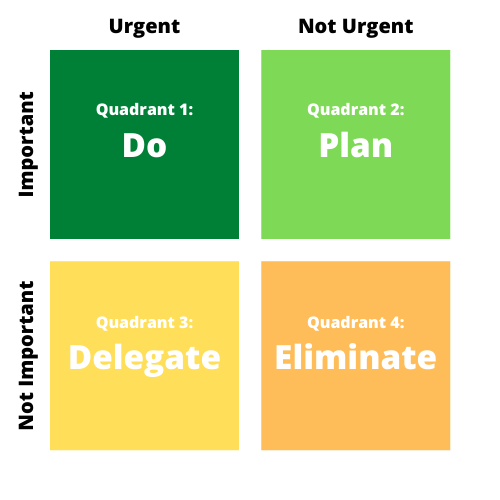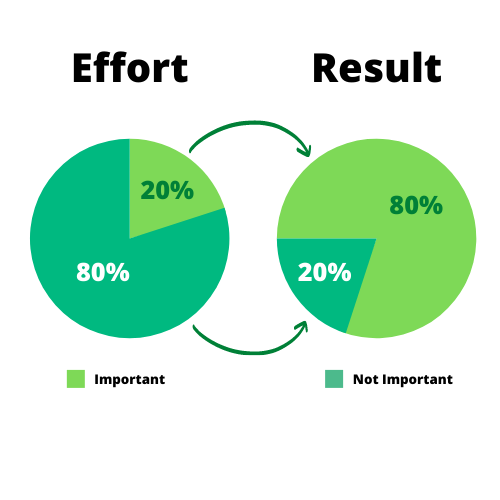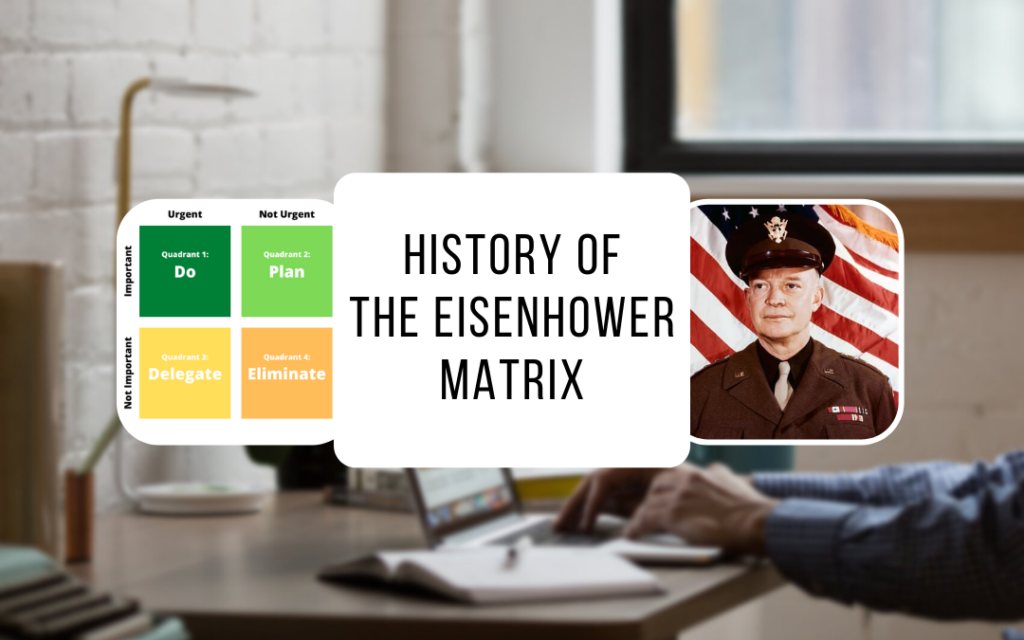Knowing how to manage your work priorities is a legitimate question for anyone who wants to manage their time well. This will often be the mark of organized collaborators who work serenely because they know how to classify and prioritize their actions, as opposed to those who simply pile up actions in an endless “To Do List”.
In order to have a good management of priorities and not to make mistakes in the order of the actions to be treated, here are some more or less known methods, which will help you in your daily organization. It is then up to you to choose the one that suits you best or even to create your own priority management methodology.
Ranking by rating
This is the most basic method. The one used by default most of the time and the one most often proposed in management tools to manage priorities.
If this method has the quality of being very simple, it quickly proves to be insufficient.
For this method, as for all the others we will see, the starting point is to create a list of tasks or actions to be performed.

A score is assigned to each one, between 1 and 5 or between 1 and 10, depending on the organization and the person, making sure to explain to the teams whether “1” designates the highest or the lowest priority. It is a simple convention so it is essential that it be shared by everyone.
The actions are then sorted according to their rating to see which ones should be processed first.
Note: it is of course possible to set a high limit and thus give priorities of 100 or 1000, but at this point it quickly becomes impossible to find one’s way around because it will quickly become a permanent overbid.
Manage priorities with the Eisenhower matrix
Those who have paid a minimum of attention in history classes at school will easily associate the name of Dwight D. Eisenhower with one of the most incredible organizations in the history of mankind: the Normandy landings in June 1944.
Manage your time and priorities well is essential when you are in charge of a team, an army or even a country. So when a personality of this magnitude gives us advice on organizational efficiency, we can trust him!
In order to determine the priority of an action, he invites us to question 2 characteristics of this action: the degree of importance and the degree of urgency, in the achievement of the global objective.

The answers to these two questions will allow us to position the actions in a double entry matrix. Depending on the quadrant in which an action is located, you will treat it immediately, plan it later, delegate it for a quick realization or even question the real necessity of this action to reach your objective.
Download an Eisenhower matrix here
functional in Excel format
The A-B-C-D method: the B-A-BA of priority management
This very simple method requires first of all to list the actions and tasks to be performed.
Then for each of them, we will question ourselves to give it a grade in the form of a letter: “A”, “B”, “C” or “D”.
- Class “AThe most important tasks and actions for which there is a certain degree of urgency.
- Class “BImportant or slightly less important tasks and actions or important but not urgent actions.
- Class ” C “: tasks and actions that are not urgent or blocking, but will be essential to the completion of the project.
- Class “DTasks and actions that are not indispensable, those with little added value. One may question the relevance of maintaining them.

It is then possible to re-sort each category by assigning a due date for each action, which will allow you to sort them simply to know at a glance the next task to be accomplished, while being certain not to make a mistake.
Download the A-B-C-D method here
functional in Excel format
The NERAC method
This method is particularly interesting because it also allows you to improve your time management, since the duration of an action or task is taken into account.
It takes the form of a table with 5 columns entitled :
- N – NoteFill in the names of all the actions in this column, line by line, as in a usual “To Do List”. Note all tasks and actions without distinction. In the future, it will be necessary to enrich this table with new actions.
- E – EstimateFor each task, it is then necessary to evaluate the time needed to complete it.
- R – ReservePlan a realistic amount of time to complete this task. This is one of the key points of this method: being able to anticipate that beyond the time of realization strictly speakingYou have to anticipate that you may be interrupted, that you may have to take a break or a trip, etc. Without this anticipation of these “side events”, it is impossible to meet the deadlines.
- A – ArbitrateOrder the actions according to their degree of priority. You can simply assign them a score from 1 to 10 according to their priority, or you can also use one of the other methods seen in this article.
- C – ControlValidate the completion of the listed actions. Make sure they are in order, on time, etc… Once it is validated, you can take it out of your table.

It is a very interesting tool to manage your time according to your priorities.
The MoSCoW method
The MoSCoW method is not very different from the ones we have seen before because we are not going to worry about the urgency of the actions but only about their importance. The capital letters in this acronym are the initials of the 4 categories to classify the tasks.
- M for Must have which groups the actions that are essential to the project,
- S for Should have designating important but not essential actions,
- C for Could have for actions that can help in the realization of the project but not blocking,
- W for Won’t have which are actions that are not essential for the project.
This method therefore assesses priorities in relation to the impact of each action on the project.

It is important of check and update regularly your action plan thus prioritized according to the evolution of sharesfor example, a shares could go from C (so Could have) to M (or Must have) and therefore implies a modification to avoid a delay in the project.
Pareto’s law or 80-20 law
This is the application of the Pareto principle to the organization of work.
According to the extrapolation of the Italian economist’s observations, 80% of the results are the fruit of only 20% of your actions, which implies that you can sometimes spend 80% of your time generating only 20% of the results… This is a bit depressing and highlights the importance of knowing how to manage your priorities.
To use this law to better manage your priorities, you must start, as is often the case, by making a list of all the actions to be done and, based on their number, determine which 20% of actions will produce the most results. These are the actions that need to be addressed first.

When they are completed, the list should be updated with new tasks and actions, and the list should be reviewed to determine which ones will produce the most results.
Over time, we may find that some old actions are still not carried out and we should therefore question their relevance. On the other hand, this method also allows you to add to your action plan some important tasks, but to be done in the future. So when the time comes, they will go back into the 20% of tasks to be done.
The comparables method
The last proposal to learn how to prioritize your actions, the comparables method is an empirical solution that works very simply.
As with each of the previous situations, it begins with a list of your actions, the simplest possible.

Action after action, we will compare the second action of the list and ask ourselves if it has priority over the first one. If this is the case, it is placed on top. Otherwise it stays below.
We then deal with the third action and ask ourselves if it is more important than the first action. If yes, it is placed on top, if no, it is compared to the second one in the list. If it has priority over the second one, it is inserted between 1 and 2, otherwise it is left in row 3. And so on.
It’s a bit tedious to create but very effective and easy to maintain.
Conclusion: time for change
You now know a lot more about how to manage priorities at work, but now you need to implement it. You are the only one who can implement your own change and this requires discipline and willpower because the benefits will only come with regular and long-term involvement.




